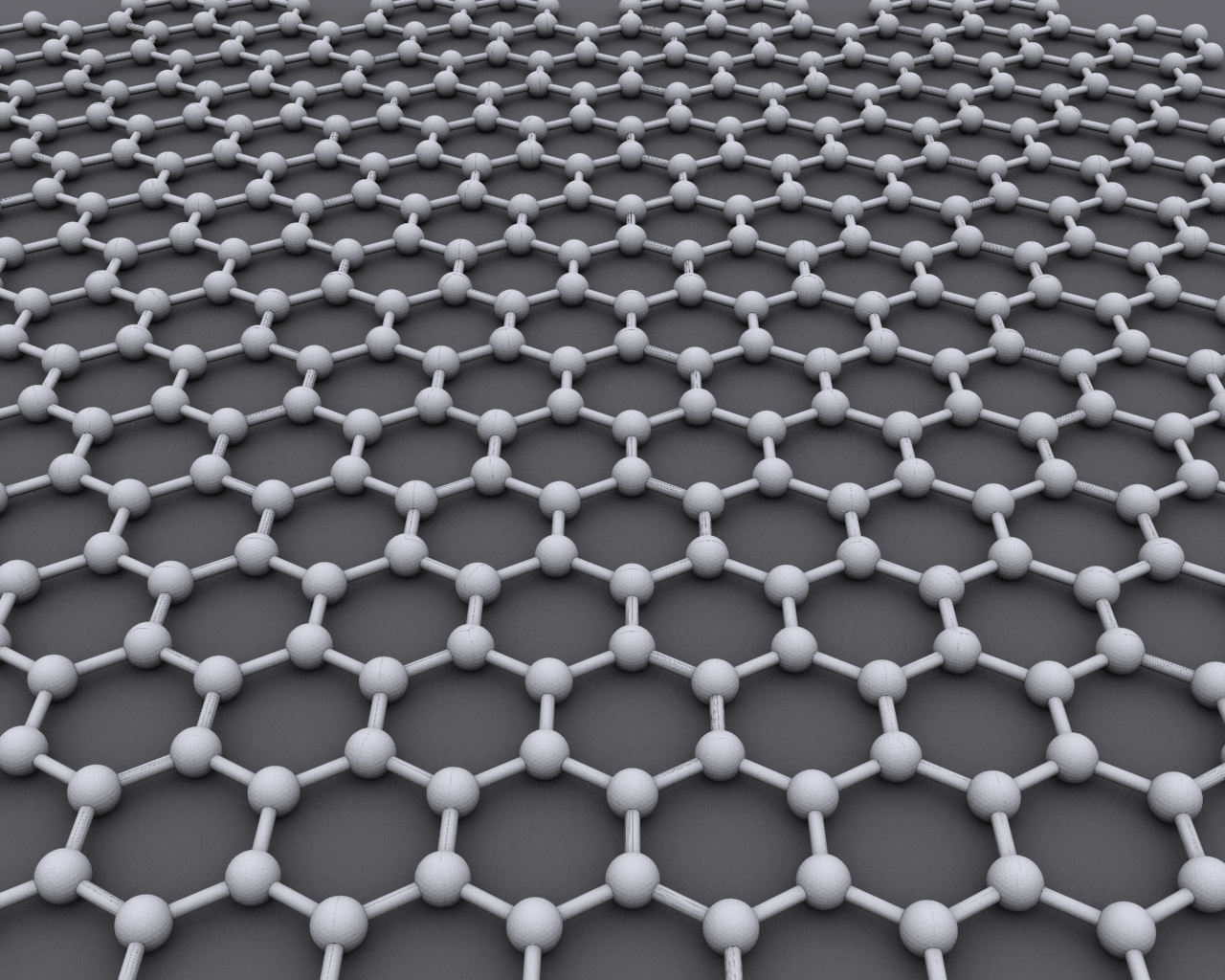 |
| Graphene Artist's representation : Courtesy Wiki |
It is unbelievably true. A small twist, hardly 1.1degree and lo and behold you have a superconducting material. Scientists have been trying tirelessly to tame the phenomenon of superconductivity and to make materials that exhibit this property at room temperature. Not that we are anywhere near room temperature as yet, but something amazing has caught the attention of scientists. And it is about graphene sheets.
Everything about Graphene has been unconventional, from the very beginning. Graphene is a mono layer of carbon atoms arranged in a hexagonal format. Scientists Geim and Novosilov (who later received the Nobel Prize in Physics 2010) were the first to peel off such layers from a graphite lump using a scotch tape.
A team of scientists 12 years ago demonstrated that graphene bilayer could be turned into a tunable semiconductor when a small electric voltage is applied across the sheet.
Everything about Graphene has been unconventional, from the very beginning. Graphene is a mono layer of carbon atoms arranged in a hexagonal format. Scientists Geim and Novosilov (who later received the Nobel Prize in Physics 2010) were the first to peel off such layers from a graphite lump using a scotch tape.
A team of scientists 12 years ago demonstrated that graphene bilayer could be turned into a tunable semiconductor when a small electric voltage is applied across the sheet.
And now MIT Professor Pablo Jarillo-Herrero and his team of students are flying high as they demonstrate that a slightly misaligned pair of graphene sheets, cooled to almost absolute zero, could switch its behaviour between an insulator and an unconventional Superconductor, when a voltage is applied.
A slight twist of 1.1 degree- as simple as that?, Scientists all over the world are wondering. At the recent Annual Meeting of the American Physical Society, when Jarillo-Herrero presented his results, the lecture hall was overflowing; audience spilled over and stood wherever they could, to hear him talk. The theory behind the phenomenon remains to be worked with the rigour it demands. However the general assumption is that the 1.1 degree twist drastically alters the electronic properties of the ensemble. Graphene is a pure clean system and scientists are confident that it is an easier system to study than those complicated mixed oxides which have earlier exhibited such property.
Twistronics is the buzz word now. As one scientist puts it everyone is taking their favourite thing and twisting it with their other favourite thing, all in the hope of striking it rich with superconductivity.
References:
1. Insulator or Superconductor? MIT News
2. Superconductivity with a twist: Gibney,E.; Nature 2019, 565 pp15-18
2. Y. Cao et al., “Correlated insulator behaviour at half-filling in magic-angle graphene superlattices,” Nature 556, 80 (2018).
3. Y. Cao et al., “Unconventional superconductivity in magic-angle graphene superlattices,” Nature 556, 43 (2018).
4.Carr et al., Twistronics : Manipulating the Electronic Properties of Two-dimensional Layered structures through their Twist Angle APS March Meeting 2017 Abstract E33.003
Twistronics is the buzz word now. As one scientist puts it everyone is taking their favourite thing and twisting it with their other favourite thing, all in the hope of striking it rich with superconductivity.
References:
1. Insulator or Superconductor? MIT News
2. Superconductivity with a twist: Gibney,E.; Nature 2019, 565 pp15-18
2. Y. Cao et al., “Correlated insulator behaviour at half-filling in magic-angle graphene superlattices,” Nature 556, 80 (2018).
3. Y. Cao et al., “Unconventional superconductivity in magic-angle graphene superlattices,” Nature 556, 43 (2018).
4.Carr et al., Twistronics : Manipulating the Electronic Properties of Two-dimensional Layered structures through their Twist Angle APS March Meeting 2017 Abstract E33.003
